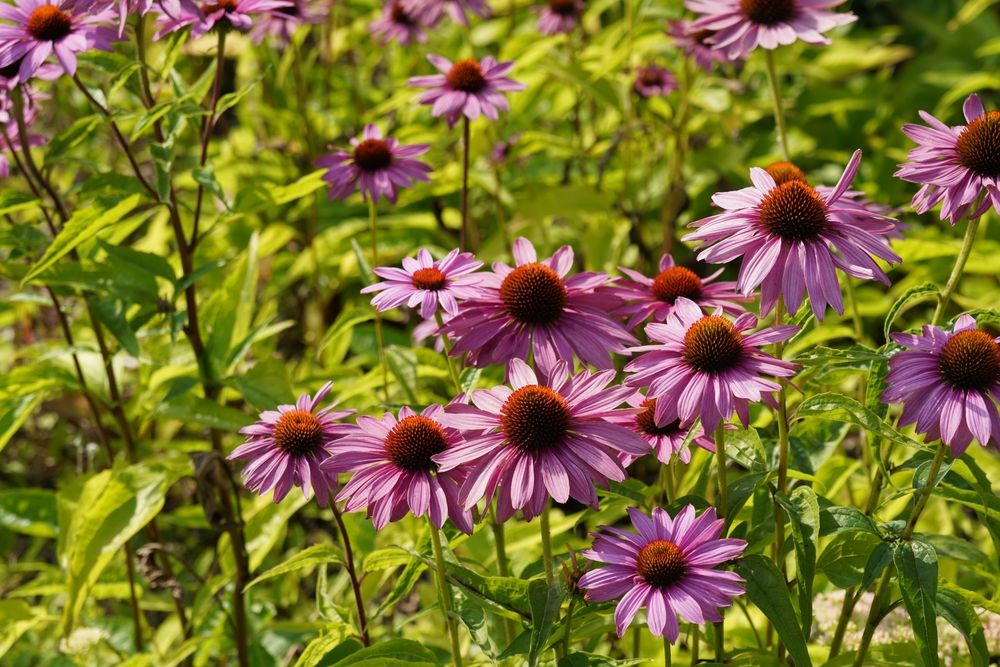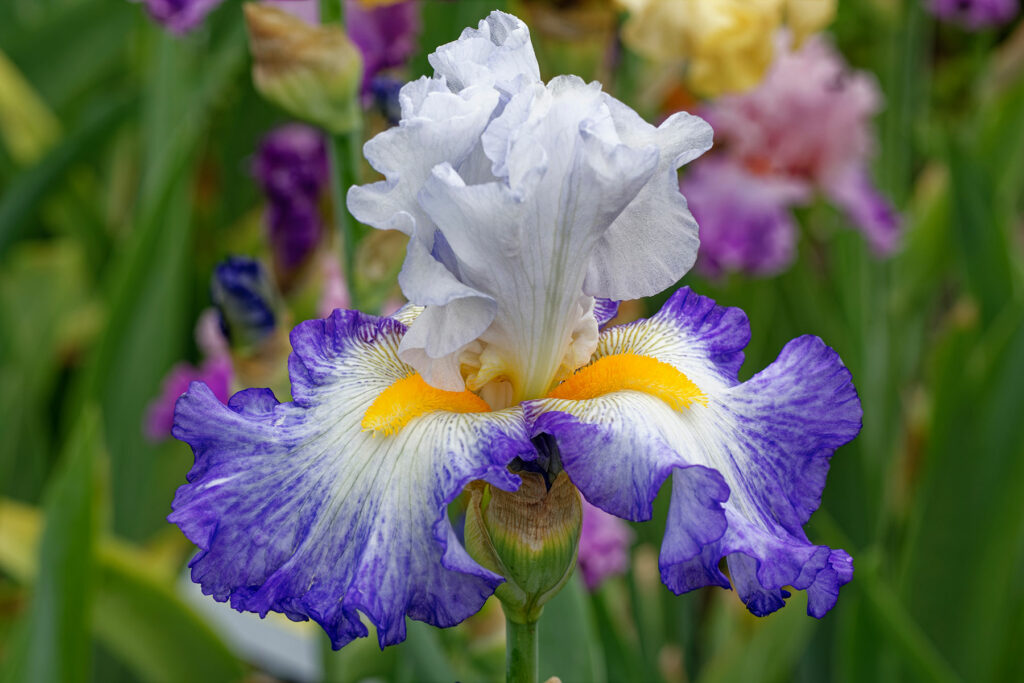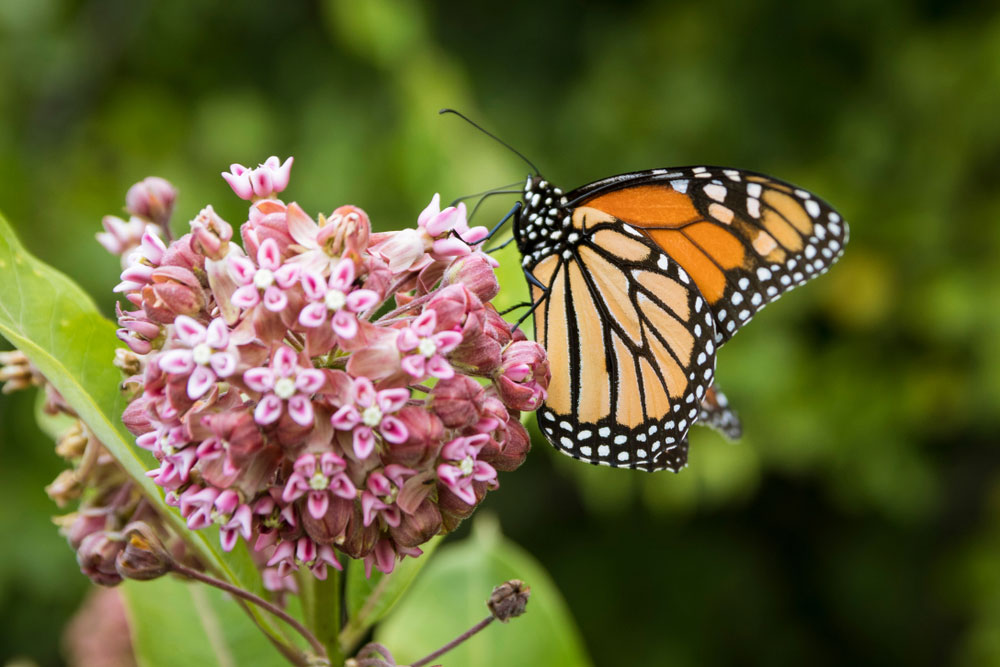
As a gardening enthusiast, you’re probably aware of the importance of proper perennial care to ensure healthy and beautiful plants year after year. One crucial step in this process is cutting back perennials during the fall season.
This helps to promote growth, prevent disease, and maintain an attractive landscape throughout the year.
In this article, we’ll discuss 15 perennials that you should consider cutting back in the fall to enhance your garden’s health and aesthetic appeal.
As you read through this list, you might discover some new varieties to add to your garden, or simply gain valuable maintenance advice to better care for your existing plants.
Remember, timing is crucial when it comes to cutting back your perennials. By making the effort to maintain your garden during the fall months, you can ensure that your plants have the best chance for success when springtime arrives.
So, let’s delve into this essential garden task as we explore these 15 perennials that benefit from fall pruning.
The Importance of Cutting Back Perennials in Fall
As a gardening enthusiast, you may already be aware that fall is a crucial period for maintaining and nurturing your perennials. Cutting back perennials in fall has several benefits that contribute to your garden’s health and appearance, so let’s take a closer look at the reasons behind this process.
First and foremost, cutting back your perennials ensures that they maintain their shape and structure. Throughout the growing season, plants tend to grow unevenly or experience dead branches.
Pruning these parts not only enhances your garden’s visual appeal but also helps prevent the spread of diseases.
Speaking of diseases, pests tend to find refuge in dead plant materials. By cutting back perennials, you eliminate potential hiding spots for these harmful creatures.
This significantly reduces the risk of infestations and promotes a healthier garden environment.
Additionally, pruning perennials encourages rejuvenation and growth. When you remove the dead or damaged parts of a plant, it prompts the plant to redirect its energy towards developing new shoots and leaves. The result? Your perennials will return stronger and more vibrant in the spring.
Lastly, a clean and tidy garden makes it easier for you to assess the overall health of your plants.
By cutting back perennials, you keep your garden beds free from debris that might otherwise obstruct your view. As a bonus, the organic waste gathered during this process can be composted and used as nutrient-rich food for your plants.
In summary, cutting back perennials in fall is an important gardening task that contributes to the health, appearance, and future growth of your garden. By dedicating some time and effort to this activity, you will see the rewards in a beautifully flourishing and pest-free space.
15 Perennials to Cut Back in the Fall
Coneflowers

Coneflowers are a popular and hardy perennial that bloom throughout the summer. In the fall, it’s important to cut back coneflowers to about 2 inches above the ground to encourage healthy growth next season.
Daylilies

Daylilies are known for their beautiful flowers that last only a day. To keep these plants looking their best, it’s essential to trim back spent blooms and foliage in the fall, allowing for new growth in the spring.
Irises

To ensure irises come back strong in the spring, cut back foliage to about 6 inches during the fall. Additionally, consider dividing and transplanting overcrowded clumps for more vigorous growth.
Hostas

Hostas are prized for their foliage but require care in the fall. Remove dead or yellowing leaves and cut back the plant to ground level to protect it from winter pests and diseases.
Peonies

Peonies bloom in the spring, so fall is the perfect time to cut back stems and foliage to ground level. This step helps prevent fungal diseases and allows for better air circulation.
Black-Eyed Susans

As summer wanes, it’s time to trim back the Black Eyed Susans to maintain plant health. Remove deadheads, and cut back the foliage to a height of 1-2 inches above the ground.
Russian Sage

Russian sage requires pruning in the fall to control growth and promote bushiness. Cut back about a third of the plant’s height, ensuring you leave some foliage for winter protection.
Asters

Asters’ vibrant colors are a fall favorite, but they need proper care for continuous blooming. Cut back asters to about 4 inches above the ground after they finish blooming.
Phlox

Phlox plants require some fall care to keep them healthy. Cut back the stems to about half their height, and remove any dead or diseased portions.
Bee Balm

Bee balm plants need a good trim during the fall season. Cut back the stems to about 2 inches above the ground, making sure to remove any damaged or infected parts.
Butterfly Weed

To maintain your butterfly weed’s vigor, cut back the plant to ground level during the fall months. This process allows the plant to put more energy into root development for the next season.
Coral Bells

Coral bells need some attention in the fall to encourage new growth. Trim back any damaged or dying leaves, leaving just a crown of healthy leaves for winter protection.
Lamb’s Ears

To keep Lamb’s Ears healthy, trim away any dead or yellowing leaves during the fall. Cutting back the foliage helps the plant conserve energy during the colder months.
Daisies

Daisies require fall pruning to maintain their appearance and health. After the first frost, cut back the stems to about 6 inches above the ground to encourage new growth come spring.
Red Hot Poker

Red Hot Poker plants need strict fall maintenance for optimal blooming next year. Cut back the foliage to about 4-6 inches above the ground and remove any dead or diseased parts.
Understanding Perennials and Their Growth Cycle
Perennials are plants that live for more than two years. They’re a popular choice for gardeners because of their ability to come back year after year. In this section, you’ll learn about the growth cycle of perennials and why it’s important to cut certain ones back in the fall.
The life cycle of a perennial plant typically consists of four stages: dormancy, growth, flowering, and seed production. During dormancy, which usually occurs in winter, the plant conserves energy and rests. In the growth stage, new leaves, stems, and roots emerge as the plant prepares for flowering. Once the plant flowers, seed production follows, allowing the plant to reproduce.
Cutting back perennials in the fall is essential for several reasons. First, it helps maintain the overall health of the plant by removing dead or diseased foliage, which can attract pests and diseases. It also promotes better air circulation, reducing the risk of fungal infections. Additionally, trimming back certain perennials can help them store more energy to survive the winter months and ensure a strong return in the following growing season.
When cutting back perennials, it’s important to differentiate between herbaceous and woody perennials. Herbaceous perennials are those with soft, green stems that die back in the winter, while woody perennials have hard, woody stems that remain above ground throughout the year. Generally, herbaceous perennials are the ones that need to be cut back in the fall, as they will regrow from their roots in the spring.
In conclusion, understanding the growth cycle and characteristics of perennial plants is essential for proper maintenance and ensuring their health and beauty for years to come.
How to Identify Perennials to Cut Back
Identifying which perennials to cut back in the fall can seem like a daunting task, especially if you’re new to gardening. However, by keeping a few key points in mind, you will be able to spot the plants that need pruning with ease.
First and foremost, get to know your plants. Familiarize yourself with their growth habits, bloom times, and dormancy periods. This knowledge will help you understand the best time and method for cutting back each plant. You can consult reference books, gardening websites, or ask experienced gardeners for guidance.
Keep an eye out for plants that have finished blooming for the season, as these are prime candidates for pruning. Cutting back these perennials ensures that they will have a good start the following spring, allowing for healthier and more robust growth.
Look for any signs of disease or pest infestation on your plants, such as discolored leaves, holes, or stunted growth. Removing infected foliage during the fall clean-up can help prevent the spread of diseases and pests to other areas of your garden.
Pay attention to the plant’s structure. Perennials with a more woody or semi-woody growth habit, like lavender or Russian sage, usually fare better with a light pruning in the fall. In contrast, plants with a more herbaceous growth habit, such as coneflowers or daylilies, can be cut back more substantially.
Take note of any self-seeding perennials in your garden, such as columbine or Black-eyed Susans. If you don’t want these plants to spread too much, make sure to remove the spent seed heads in the fall.
By observing your plants closely throughout the growing season, you’ll become more adept at identifying which perennials need cutting back in the fall. With a little practice and some patience, your garden will be healthier and more beautiful as a result.
Tips for Cutting Back Perennials
When it’s time to cut back your perennials in the fall, you’ll want to follow a few key tips to ensure the health and beauty of your plants.
Know the right time: Begin cutting back your perennials after the first hard frost. This is when the plants start to go dormant for the winter, and it’s the perfect time to trim and shape them.
Use the right tools: Sharp, clean tools are essential for cutting back perennials. Use hand pruners, shears, or loppers depending on the size and type of plant. Be sure to clean your tools properly after each use to prevent the spread of disease.
Cut back the foliage: Remove any dead or damaged leaves, and trim back the foliage to about 2-3 inches from the ground. This will help the plant conserve energy during the winter months. Be gentle when cutting to avoid damaging the crown of the plant.
Leave some stems for support: If the perennial has sturdy stems, leave a few inches of stem above the ground. This will help support mulch and snow in the winter months, offering some protection to the plant.
Mulch your plants: After cutting back your perennials, add a layer of mulch to protect the plant’s roots from harsh winter temperatures. Use organic materials like straw, shredded leaves, or pine needles. Place it a few inches deep around the base of the plant, but be careful not to smother the crown.
By following these tips, your perennials will be set up for a successful winter rest, and ready to bloom beautifully when spring arrives.
Common Mistakes to Avoid While Cutting Back
When cutting back perennials in the fall, it’s important to avoid a few common mistakes to ensure the health and beauty of your plants. Here are some helpful pointers to keep in mind.
Over-pruning: Avoid cutting back too much of the plant. This can lead to weaker growth in the next season. Aim to remove only about one-third of the plant’s total growth.
Ignoring plant-specific needs: Each perennial has unique requirements for pruning. Research the specific needs of each plant before cutting back. Some perennials benefit from being cut back to the ground, while others need only a light trim.
Using dull tools: Make sure to use sharp, clean tools when cutting back perennials. Dull or dirty tools can cause damage to your plants and make them more susceptible to diseases.
Not protecting tender perennials: Some perennials are more sensitive to cold temperatures and frosts. When cutting back these plants, consider leaving a bit more foliage to offer protection from winter weather.
Pruning at the wrong time: Timing is crucial when it comes to cutting back perennials. It’s generally best to wait until the plant has finished blooming and is starting to go dormant. Be sure to watch for natural cues from your plants, such as yellowing leaves or a decline in blooms.
By avoiding these common mistakes, you’ll help your perennials stay healthy and beautiful throughout the seasons.
Benefits of Cutting Back Perennials in Fall
Cutting back perennials in the fall comes with numerous benefits. By doing so, you’ll improve the overall health of your garden and prepare it for the upcoming seasons. Here are some advantages you’ll experience by trimming down your perennials during autumn.
Reduced risk of pests and diseases: Dead leaves and stems can cause unwanted pests and diseases to thrive in your garden. By removing them in the fall, you’ll keep your garden clean and reduce the chances of pest infestations or disease outbreaks.
Better plant growth: Pruning the perennials during the fall helps stimulate new growth, which leads to stronger and healthier plants. As a result, your flowers will likely bloom more vibrantly in the future.
Easier garden maintenance: Cutting back your perennials in the fall makes your garden more manageable, as you’ll have less work to do when the next growing season arrives. With a tidier garden, it’ll be a breeze for you to care for your plants.
Improved appearance: A neat and well-maintained garden is pleasing to the eyes. When you trim down your perennials in the fall, you’re contributing to your garden’s visual appeal. Plus, you’ll make it easier to see and appreciate the plants that do stay active in the winter.
Remember, cutting back your perennials in the fall is a great way to enhance the overall health and beauty of your garden. By incorporating these tips into your regular gardening routine, your blooms will thrive, and you’ll have a stunning garden to be proud of.
Conclusion
You now have a list of 15 perennials that can be cut back in the fall to ensure a healthy and beautiful garden. Cutting back perennials will help to:
- Promote plant health
- Control pests
- Encourage new growth
- Maintain a neat and tidy appearance
Remember to use proper pruning techniques when cutting back your plants. Wear gloves and use sharp, clean tools to make clean cuts at the base of the plant. Dispose of trimmings in a compost pile or green waste bin.
By incorporating these practices into your gardening routine, you are well on your way to a thriving landscape that will continue to provide enjoyment and beauty year after year.













